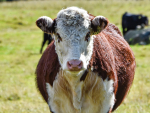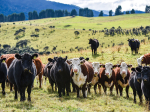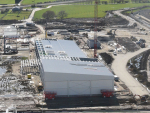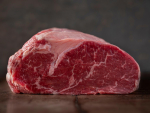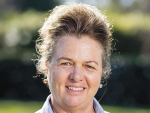In general, all mammals use their own body reserves (fat and protein from body tissues) in early lactation, to meet the demands of milk production.
In the case of the modern dairy cow, this process has been taken to the extreme as a result of decades of genetic selection aimed primarily at increasing production.
Following calving, cows ‘mine’ nutrients from body reserves and lose condition for a period of 40 – 100 days. Cows therefore, with a lower BCS to begin with, simply lack reserves to achieve and maintain high levels of production in early lactation. These poorer conditioned cows are also less likely to conceive compared to herd mates in better condition.
We are slightly unique here in New Zealand as there are two periods where cows are at risk of losing BCS. The first is at calving (as described above) and the second period coincides with loss of pasture quality and availability through summer months.
The extent of loss and gain of BCS is also crucial to both the health of the individual cow and the efficiency of farm system in terms of food conversion efficiency (FCE) of dry matter supplied converted to milk.
To help illustrate this point, table 1 sourced from DairyNZ (Cow Feed Requirements) shows that on average over the year, a cow gaining 1kg will require nearly twice the energy spared when 1 kg was lost.

In other words, nearly twice the feed is required to lose and gain live weight compared to maintaining live weight.
If the same rules applied when borrowing money, it would mean you’d be paying an interest rate of close to 100% for a short term loan. I haven’t met many farmers who would be prepared to pay this!
In simple terms, managers that keep a close eye on condition and execute plans to limit excessive swings in BCS have far more feed available in their system to convert to milk.
To hit industry targets of BCS 5.0 for cows (5.5 Heifers) the start of March marks an important period where BCS needs to become the focus.
How you manage your system specifically will depend on options available to you, such as feeding additional supplements, culling empties or drying off pregnant light cows. Watching cows melt condition away through late lactation and crossing fingers is an option albeit an expensive one.
If your aim is farming successfully, start thinking about BCS now.
References: www.dairynz.co.nz facts and figures. Chapter 4 Cow feed requirements
• Greg Jarratt is a vet and director of Matamata Veterinary Services.



